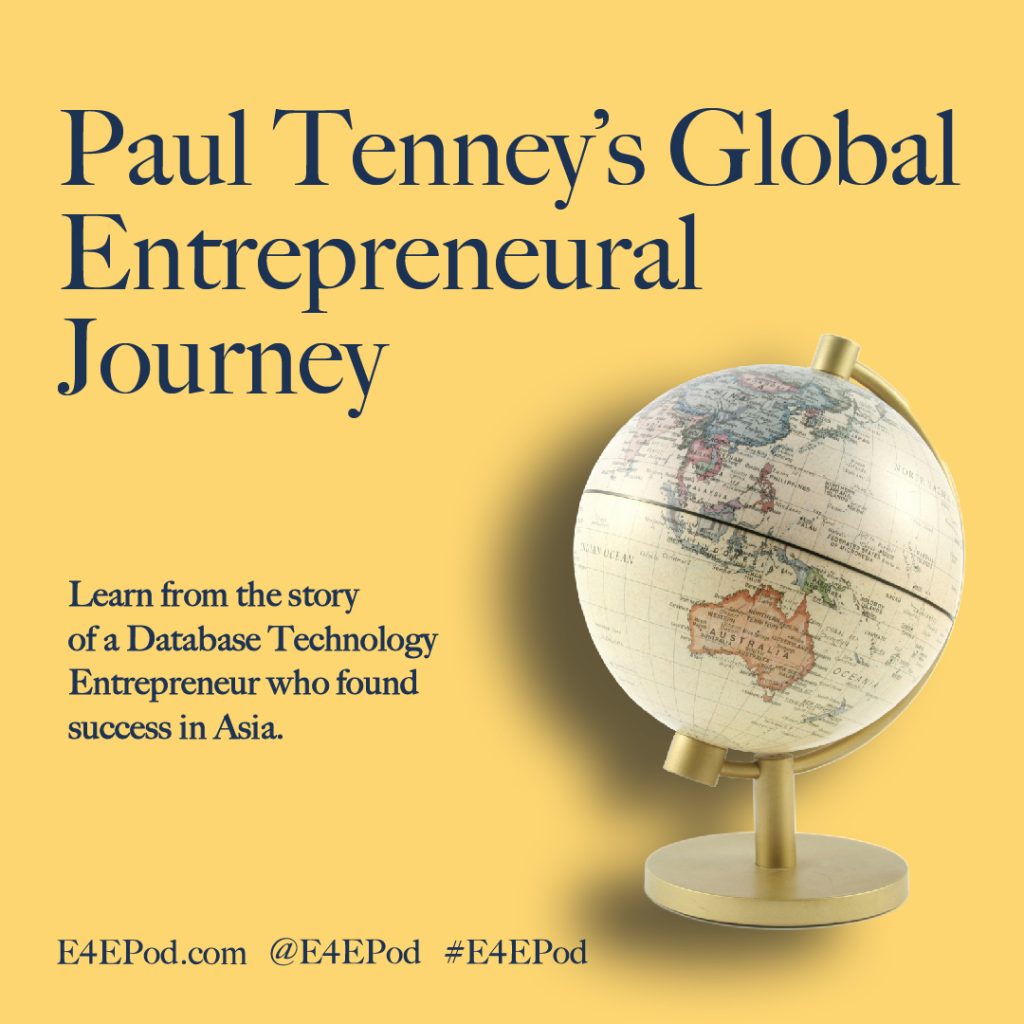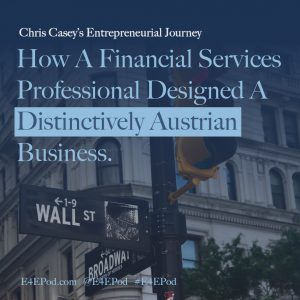What Would The World Be Like Without Entrepreneurs? Pretty Grim.
Reading Per Bylund’s How Entrepreneurs Build the World inspired a thought: What would the world be like without entrepreneurs? Could we really know what our world would be like without entrepreneurs and competitive markets? The Austrians view the entrepreneur as a key player in the market economy—not a glorified hero, as Israel Kirzner stated, but as the purveyor of information in the interaction of decision making between buyers and sellers.
F. A. Hayek expressed that many interactions and exchanges between market participants are spontaneous. With the absence of entrepreneurs in a market economy, the consumer could no longer demand products. Producer-entrepreneurs would no longer try innovative activities in which to profit through a harmonious spontaneous order of consumer-seller interaction. Nor would information through prices, as Ludwig von Mises found, be communicated effectively between buyers, suppliers, and sellers. There would be no new advancements in product or science breakthroughs from which the combination of inventions could further spin off other innovations that add increased value. In a real sense, no one would get what they want. More importantly, no one would act.
I think we can agree with Bylund. He asserted that the world was built by entrepreneurs. Without entrepreneurs, we would still be experiencing a Stone Age existence, feudalism, and dragging along at work and at home with antiquated means to modern ends. We would own archaic products and pay for ineffective services deemed valueless. No incentive would exist for producers and others to serve the consumer. The consumer would have no expectations to find value in products. This situation of no entrepreneurs would ipso facto lead to a dystopian state of autarky.
Consider how the world was built by entrepreneurs. Most of what we purchase and use daily started in the mind of entrepreneurs with their energy and capital. They thought of consumers’ needs and wants and brought products into existence with continually more reasonable and affordable prices, making these products available to almost all people. If the entrepreneur were absent from the market, our lives would look vastly different and our economy would be stagnant.
Toothpaste, floss, and brush were invented by William Colgate; the elevator was brought to us by Elisha Otis; and the printing press was accelerated by Richard March Hoe who invented the rotary printing press. The laptop or smartphone you are using to read this article was created by several entrepreneurs acting to provide you with this capability. That morning brew you drink was developed by entrepreneurs who used their capital and produced and delivered coffee beans to you—from bean to cup. Another innovator created the coffee maker.
The list goes on as to the benefits entrepreneurs have brought us and the progress they have made in the lives of the average person enjoying these conveniences spun out by the market process, competition, and ingenuity. Without entrepreneurs, a minimum of needs would be fulfilled in the market. The consumer would not have a voice—no vote. A lack of entrepreneurship would result in less human flourishing the world over. If it were not for entrepreneurs in their insistence to meet consumer demands and expectations, we would still be using rotary phones!
Additionally, companies would not exist. Or would they exist in a different form? In order to pursue innovation, firms need to acquire learning paths as described by Alfred Chandler (2001) in Inventing the Electronic Century. Chandler explained that the technology industry started as a result of entrepreneurial spin-offs directing newer innovative solutions based on the acquisition of learning paths. Chandler described the epic movements of entrepreneurs:
Those earlier industries were based on a number of basic technological innovations: the electricity-producing dynamo, which brought the electric lighting that transformed urban life, and electric power, which so transformed industrial production techniques; the telephone, which brought the first voice transmission over distances; the internal combustion engine, which produced the automobile and the airplane; the new chemical technologies that permitted the production of man-made dyes and, of more significance, a wide range of man-made therapeutic drugs, and other man-made materials ranging from silicon and aluminum to a wide variety of plastics. (p. 11)
As Chandler explained, the consumer electronics market would not have started ex nihilo—without entrepreneurial-minded people within the firms or without consumers demanding new and innovative products.
Learning paths facilitate the evolution and continuation of innovation. Market feedback enables firms to produce the products consumers demand. Once learning paths are discontinued, firms do not invest in innovative production methods. As the saying goes, “you cannot get blood from a turnip.” Why then would you think that firms that are not entrepreneurial will be entrepreneurial? They won’t. As Hayek so famously stated, “The market process is discovery through trial and error.” It is amazing how this critical function of the market is taken for granted—no inventions, no innovations, no competition, no entrepreneurs.
Consider the role of an employer—the one who provides employment to those wanting to earn a livelihood. Commerce and e-commerce would break down along with the division of labor, ultimately resulting in a decline in knowledge spillovers and entrepreneurial networks. Forget about ordering your favorite products or foodstuffs online and having them shipped to you expeditiously at a responsible price.
No entrepreneurs today, no entrepreneurs tomorrow. Without entrepreneurs today, who would pave the way for future entrepreneurship? There would be no one and no place to start—or as some say, “to build upon the ruins” created by past entrepreneurs. If the Great Atlantic and Pacific Tea Company (i.e., A& P) did not innovatively create the supermarket revolution of its day, the products and services consumers demand now would not exist—no home delivery, self-checkout, coupons, variety of foodstuffs, one-stop shopping. No gaming consoles, laptops, smartphones, modern medicine, quick-service restaurants, streaming, social media, customizable shoes, mass-produced clothing, etc. These industries and products would not exist today if the entrepreneur did not exist.
Without the entrepreneurial function in the market, the world would look different. Would there be such a term as consumer? Would better products with better quality come to the market each month, quarter, or year? Maybe not. The picture is bleak without the entrepreneur—without the entrepreneur putting forth savings, capital, energy, and resources to provide consumers with their most urgent demands. Where would the world be without entrepreneurs?

